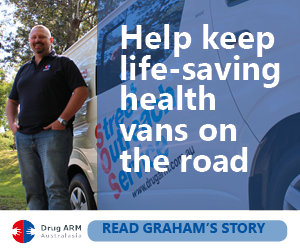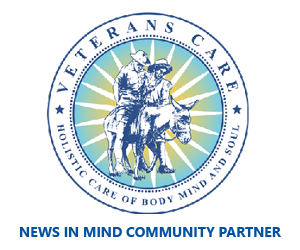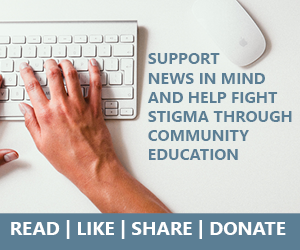A new study finds that some social media channels are associated with more social enjoyment and positive mood than others.
Specifically, University of Michigan researchers found that Snapchat use was more rewarding than Facebook and other social media.
The study is one of the first known published research findings examining Snapchat and daily mood. Findings appear online in the journal Information, Communication, & Society.
Snapchat is a mobile application known as a form of “ephemeral social media,” which are platforms displaying shared content for a limited period of time (e.g., 10 seconds).
“On the surface, many people view Snapchat as the ‘sexting app,’” said University of Michigan researcher Joseph Bayer, the study’s lead author.
“But instead, we found that Snapchat is typically being used to communicate spontaneously with close friends in a new and often more enjoyable way.
“At the same time, Snapchat interactions were perceived as having less social support than other social media. These findings open up important questions about the benefits and costs of different social media.”
Each text message contained a link to an online survey with five questions:
- How negative or positive do you feel right now?
- How did your most recent interaction occur?
- How pleasant or unpleasant was your most recent interaction?
- Within that interaction, how supportive or unsupportive was that person to you?
- How close are you to that person?
Investigators discovered snapchat interactions are associated with more positive emotions than Facebook and other social technologies. However, Snapchat interactions are viewed as less “supportive” than other types of interaction, including Twitter, texting, email, calling, and face-to-face.
Bayer and colleagues also investigated what aspects of Snapchat use might cause the increased emotional reward. Their findings suggest that reduced “self-presentational” concerns are a major reason, such as not worrying if shared pictures seem ugly or conceited.
“Since Facebook has become a space for sharing crafted big moments such as babies, graduations, and birthdays, Snapchat seems to provide users with a distinct space for sharing the small moments,” said Bayer, a doctoral candidate in the Department of Communication Studies.
Study participants also reported focusing more attention on Snapchat messages than archived content on platforms like Facebook — a factor which may contribute to the increased emotional reward.
“If ephemeral social media are garnering a more concentrated form of attention, then Snapchat may also stand out from other social media to advertisers,” he said.
Bayer said one surprising finding that emerged in follow-up interviews was that participants viewed Snapchat as similar to face-to-face conversations because they were mundane, not recorded, and typically occurred with close relationships.
This article first appeared on ‘Psych Central’ on 26 October 2015.























